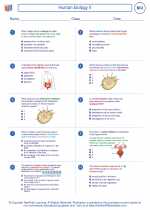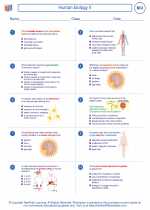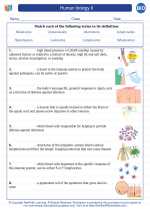Metamorphism
Metamorphism is the process by which rocks undergo changes in mineral composition, texture, and sometimes chemical composition due to high temperature and pressure conditions, without melting.
Types of Metamorphism
- Contact Metamorphism: Occurs when rocks are in contact with magma or lava, leading to changes in the surrounding rocks due to the heat from the molten material.
- Regional Metamorphism: Results from the tectonic forces and high pressure during mountain building processes, leading to extensive changes in large volumes of rock over a wide area.
- Dynamic Metamorphism: Occurs along fault lines due to the shearing and crushing of rocks under high pressure but relatively low temperatures.
Factors Affecting Metamorphism
Several factors influence the process of metamorphism:
- Temperature: Higher temperatures increase the rate of chemical reactions and mineral recrystallization.
- Pressure: Increased pressure leads to the formation of denser and more compact minerals.
- Time: Longer periods of metamorphism allow for more extensive changes in the rock structure.
- Fluids: The presence of fluids can facilitate the movement of ions and contribute to mineral alteration.
Metamorphic Rocks
Metamorphic rocks are classified based on their texture and mineral composition:
- Foliated Rocks: Display a layered or banded appearance due to the alignment of mineral grains, examples include schist and gneiss.
- Non-Foliated Rocks: Lack a layered structure and are composed of minerals that have recrystallized without preferred alignment, examples include marble and quartzite.
Study Guide
To understand metamorphism, it is essential to study the following concepts:
- Definition and types of metamorphism
- Factors influencing metamorphism
- Formation of metamorphic rocks
- Identification and classification of metamorphic rocks
- Geological processes and environments associated with metamorphism
Additionally, it's important to familiarize yourself with the various rock samples, geological maps, and diagrams related to metamorphic processes.
Practice identifying different types of metamorphic rocks and interpreting the geological history and conditions that led to their formation.
Understanding the principles of petrology and mineralogy will also be beneficial for comprehending the intricate changes that occur during metamorphism.
Lastly, stay updated with current research and advancements in the field of metamorphic geology to gain a comprehensive understanding of this dynamic process.
.◂Biology Worksheets and Study Guides High School. Human biology II

 Worksheet/Answer key
Worksheet/Answer key
 Worksheet/Answer key
Worksheet/Answer key
 Vocabulary/Answer key
Vocabulary/Answer key
 Vocabulary/Answer key
Vocabulary/Answer key
 Vocabulary/Answer key
Vocabulary/Answer key
 Vocabulary/Answer key
Vocabulary/Answer key
 Vocabulary/Answer key
Vocabulary/Answer key
 Vocabulary/Answer key
Vocabulary/Answer key
 Vocabulary/Answer key
Vocabulary/Answer key
